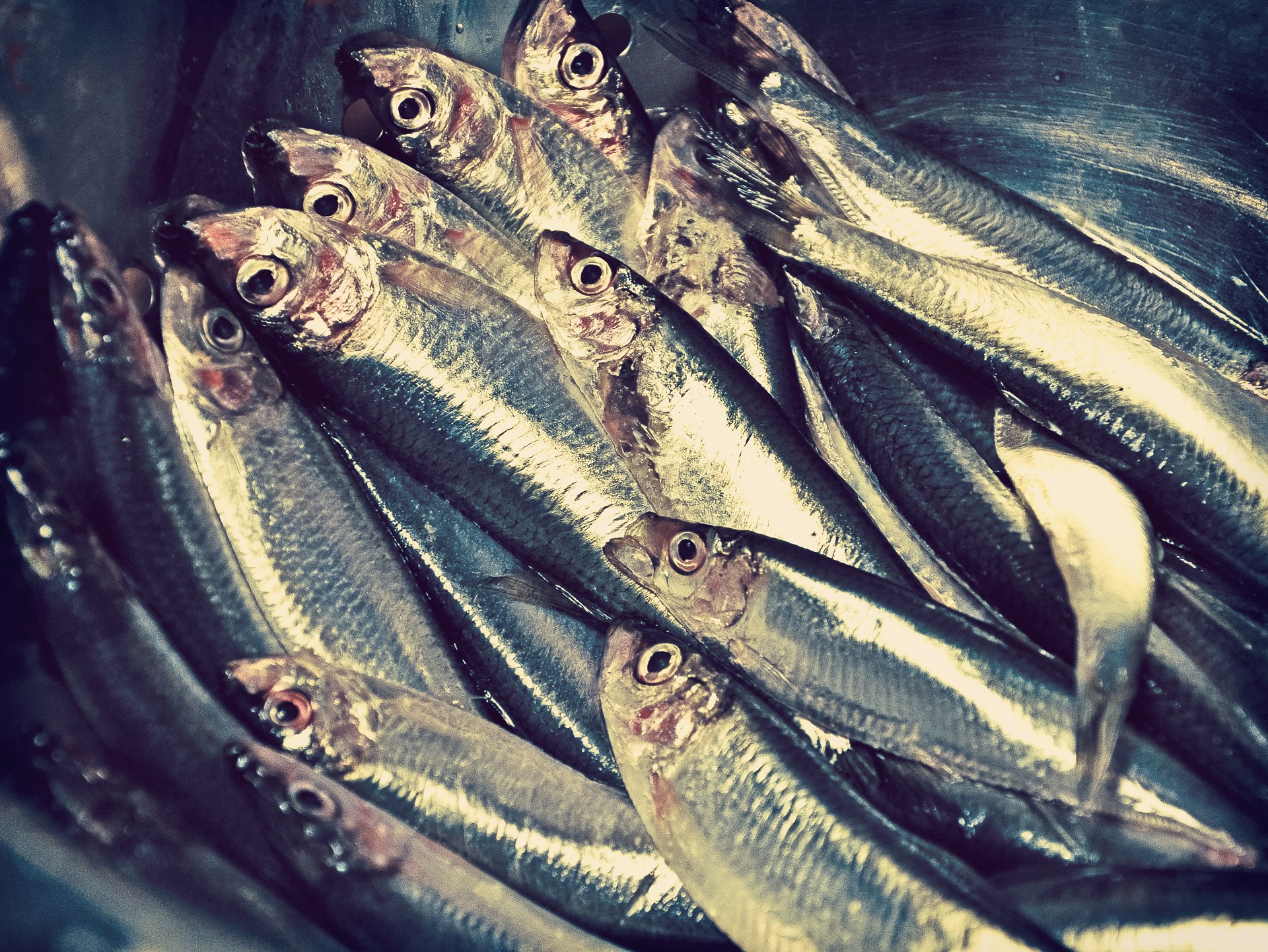Media release
From: Springer NatureAnnual global production of food from the sea could increase by 21–44 million tonnes by 2050 — 12–25% of the increase in all meat needed to feed 9.8 billion people by mid-century. The findings are reported in Nature this week. Realizing such an increase in sustainable food production will depend on various factors, including policy reforms, technological innovation and future demand.
As global food demand increases, it remains uncertain whether supply can increase without compromising other ecosystem services, especially given the potential effects of land-based expansion on climate change and biodiversity. Food from the sea, produced from wild fisheries and farms (mariculture), accounts for only 17% of current edible meat production around the world, but could potentially have an important role in global food and nutrition security.
Christopher Costello and colleagues use data from 4,702 wild fisheries to model future production, and also estimate mariculture potential around the world. They calculate global supply of food from the largest three ocean food sectors — wild fisheries, and finfish and bivalve mollusc mariculture — in 2050, using bioeconomic models that take into account factors such as economic management and feed constraints. Comparing these supply estimates with demand scenarios, they calculate potential future production of food from the sea.
The findings indicate that all three sectors, and especially both of the mariculture sectors, are capable of sustainably producing substantially more food than today. Under scenarios that account for policy reform and technology improvements, seafood production could potentially provide up to a quarter of the estimated increased in meat required to feed the global population in 2050. The study also suggests that the composition of seafood could differ substantially in the future: while wild fisheries dominate today, up to 44% of food from the sea could come from mariculture by 2050.


